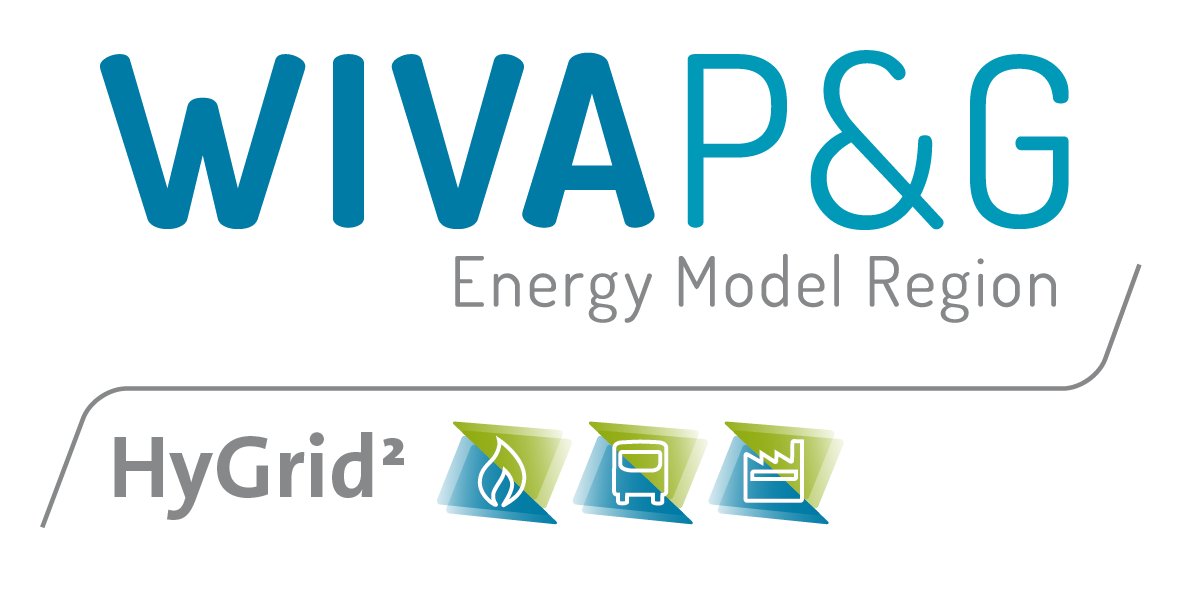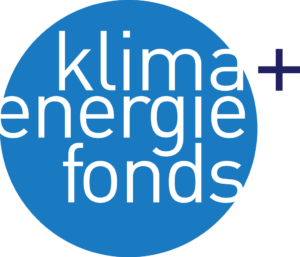HyGrid2
Re-Use of Natural Gas Grids for 100% Hydrogen
Project description
For the transportation of hydrogen, the existing natural gas infrastructure will play a significant role. In the future, hydrogen will reach consumers via pipelines that were previously used for natural gas. The European Hydrogen Backbone initiative has also drafted a proposal for a dedicated hydrogen pipeline infrastructure focusing to a large extent on re-purposed natural gas pipelines.
In the course of the HyGrid² project, the first Austrian natural gas steel pipeline section will be re-purposed for hydrogen transport and upgraded to a demonstration facility. The former natural gas pipeline will be operated with pure hydrogen at real-life conditions to gain knowledge for practical applications.
The special challenge in the rededication lies in the requirements for the cleanliness of the pipelines. For existing pipelines that are converted to transport hydrogen, the previous use is relevant and has an impact on the quality. In addition, the network section was operated with odorized gas, i.e. gas mixed with odor-intensive substances. Furthermore, the material suitability of the existing infrastructure for hydrogen transport must be verified. Here, in contrast to natural gas, so-called “hydrogen embrittlement” can occur, i.e. diffusion and dissolution of hydrogen in the microstructure of metal pipes.
In the course of the HyGrid² project, the first Austrian natural gas steel pipeline section will be re-purposed for hydrogen transport and upgraded to a demonstration facility. The former natural gas pipeline will be operated with pure hydrogen at real-life conditions to gain knowledge for practical applications.
The special challenge in the rededication lies in the requirements for the cleanliness of the pipelines. For existing pipelines that are converted to transport hydrogen, the previous use is relevant and has an impact on the quality. In addition, the network section was operated with odorized gas, i.e. gas mixed with odor-intensive substances. Furthermore, the material suitability of the existing infrastructure for hydrogen transport must be verified. Here, in contrast to natural gas, so-called “hydrogen embrittlement” can occur, i.e. diffusion and dissolution of hydrogen in the microstructure of metal pipes.
Project goals
As part of the HyGrid² pipeline conversion project, investigations are being carried out into the influence of the odorized pipeline on the transportable hydrogen gas quality for the operation of converted pipelines. Similarly, a pipeline demonstrator will be used to test the existing natural gas infrastructure for suitability for hydrogen transport using a variety of non-destructive testing methods and to modify it if necessary.
An additional goal is to use the results of the pipeline demonstrator to create a manual for the successful rededication of natural gas pipelines. This should cover the technical, economic and legal framework and include the current state of science as well as regulatory requirements and organizational processes. The manual is intended to serve as a guide to accelerate future rededications of natural gas pipelines for H2 transport, so that green hydrogen can realize its ascribed potential for a 100% sustainable and independent energy supply in the future.
An additional goal is to use the results of the pipeline demonstrator to create a manual for the successful rededication of natural gas pipelines. This should cover the technical, economic and legal framework and include the current state of science as well as regulatory requirements and organizational processes. The manual is intended to serve as a guide to accelerate future rededications of natural gas pipelines for H2 transport, so that green hydrogen can realize its ascribed potential for a 100% sustainable and independent energy supply in the future.
Project video
Presentation of the project
Project News
No Results Found
The page you requested could not be found. Try refining your search, or use the navigation above to locate the post.



